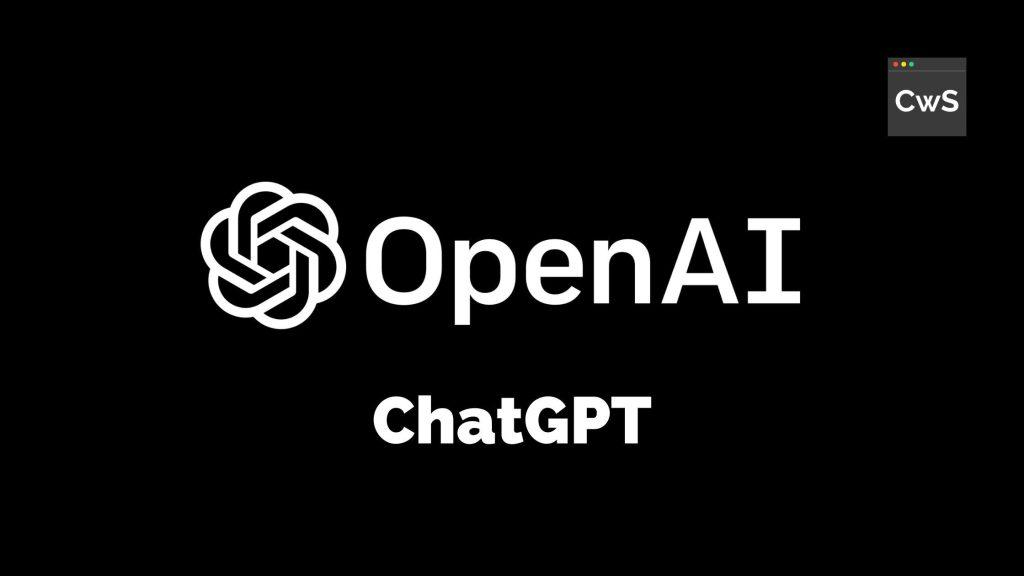The rise of programmable devices introduces additional vulnerabilities to cyberattacks. “Smart” devices, while convenient, are susceptible to hacking, posing significant risks to critical infrastructure like the electric grid. As the world transitions towards renewable energy and the integration of new devices, the complexity of protecting these systems increases.
At the recent annual meeting of the Association for the Advancement of Artificial Intelligence in Vancouver, Canada, experts from the Department of Energy’s Pacific Northwest National Laboratory proposed a novel approach to grid protection.
“A great deal of effort is devoted to addressing specific vulnerabilities daily, but it can be overwhelming,” said Purohit. “We’re offering a long-term solution to anticipate future challenges as the grid evolves.”
The team’s strategy draws from hybrid attack graphs, a mathematical model that adapts to evolving attack scenarios in interconnected cyber-physical systems. By leveraging optimization and data from real cyberattacks, they aim to streamline threat mitigation and resource allocation.
This project exemplifies PNNL’s commitment to harnessing artificial intelligence for national security and energy resilience. By integrating historical attack data and reinforcement learning, they aim to equip utilities with actionable insights to fortify their infrastructure against cyber threats.














